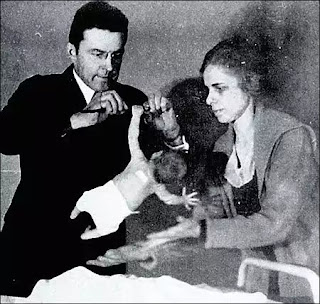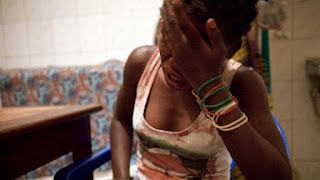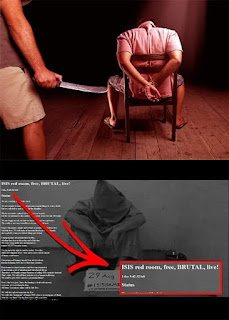Babies have superpowers
And surprisingly, they lose them as they get older.
You probably know the grasping reflex of newborns.
You hold out your little finger and it has a firm grip. Moms with long hair can tell you a thing or two about it. It just won't let go of the hair.
Did you know that the grip is so strong that the baby can carry its own weight on a pull-up bar?
This reflex is believed to be a holdover from the primate days of humans. If you watch monkeys holding onto their mother while she jumps up another tree....it's possible.
The baby can do that for a few months, then loses that power and has to painstakingly retrain it later.
-
The next superpower is incredible.
If a small child loses a fingertip in an accident ( for example, the famous car door), it can grow back.
A Washington orthopedic surgeon had a little patient who stupidly stuck her finger in the spokes of the bicycle her brother was riding.
Her finger limb was severed under the fingernail. The parents rushed the fingertip to the hospital, where it was reattached.
The doctor could not find the tiny artery that he would have had to sew together.
So he made a "biological bandage": put the fingertip on it and hope for the best.
After a few weeks the old fingertip fell off and a completely new one had grown underneath.
Various doctors have been able to observe this and say that it happens when you just leave such a wound alone.
Adults do not have this ability.
-
Now a magic power:
Some scientists say that all babies are synesthetes.
This means that they experience the world with interconnected senses. For example, shapes and colors are one for them.
Synesthesia is a rare phenomenon in adults and can cause people to see sounds, taste words, or read letters and numbers in color.
If babies have syneesthetic perception in the first few months of life , it may be because of all the extra synaptic connections that babies have but that separate later.
Most children seem to lose this ability by school age.
One study of children around age seven found an average of about 1.3 percent letter-color synesthetes. Six-year-olds were 2.5 times more likely to have the ability than seven-year-olds.
Babies are masters of communication:
Six-month-olds understand the difference between angry and happy dog barking, according to a study.
The babies, who had no previous exposure to dogs, were able to match the perceived "barked" mood of a dog to pictures of a dog growling or looking friendly.
The babies were able to do this on the first try.
Babies have "super perception."
They might seem like they're not really paying attention to anything.
But they have a "lantern perception" . that perceives everything, rather than a "spotlight perception" like adults have.











Comments
Post a Comment